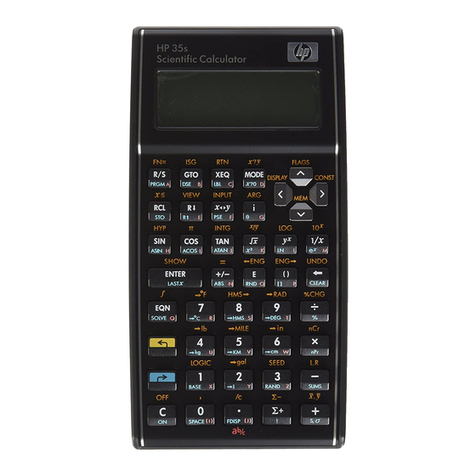9
●Mastercard-VISA : Use this type for Visa and Mastercard or affiliated credit
cards.
●AMEX-DINERS : Use this type for American Express or Diners club and
companion cards.
●ANY-CARD : User this if you want to use a single generic rule for all cards.
How is the rate calculated ?
Surcharge rates are usually based on a percentage, but you may choose a fixed rate. This
setting tells Jingl whether the rate you want to charge is a percentage or a fixed fee. Be
mindful of the ACCC ban on excessive surcharges. The Jingl App provides some guidance
on setting rates, but merchants are responsible for the rates they charge.
Rate
If the merchant has selected a percentage, enter the rate as a percent value, eg if the
surcharge is 1.6% then enter “1.6”, not “0.016”. If the rate is a “Fixed Amount”, then enter
the amount as dollars and cents, eg a fixed rate of 20 cents, is entered as “0.20”.
Minimum Accepted Amount
Set this to a dollar amount to ensure that the surcharge cannot be charged below a certain
value. This is quite common for businesses who do not accept EFTPOS transactions
below $10. For example, if a merchant does not want to accept EFTPOS purchases below
$20, simply enter “20” in this field.
Refreshing Terminals
Merchants can configure their surcharge rules during app installation as well as from any
Albert terminal running Jingl that the merchant is logged in to.
When should merchants refresh their Jingl settings on an Albert device ?
○When changing the default “GST Purchase Status” on the merchant portal
○When the merchant has multiple terminals, and has made changes to surcharge
rules on one terminal. The merchant must request a refresh on the other
terminals in order to pick up the changes made. Logging out and logging in again
will also work.
Copyright © 2019 Salient Solutions.. All rights reserved.



























